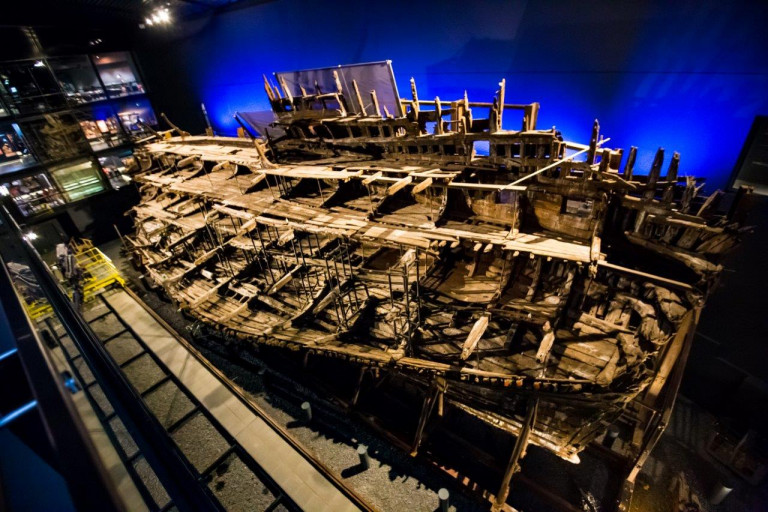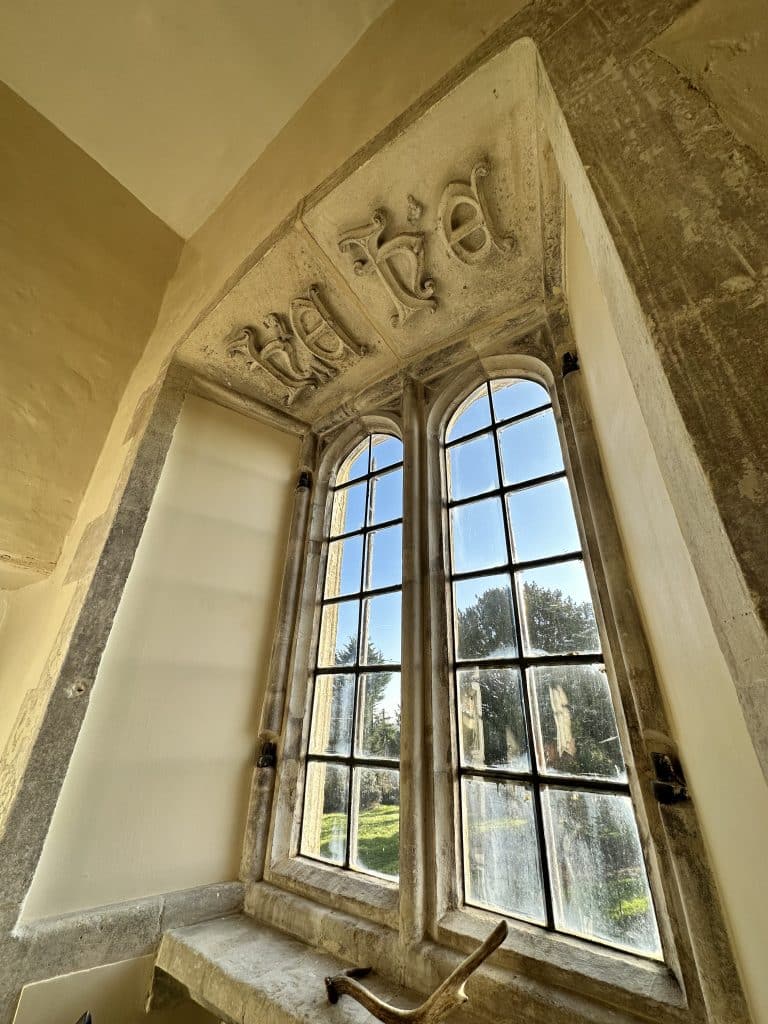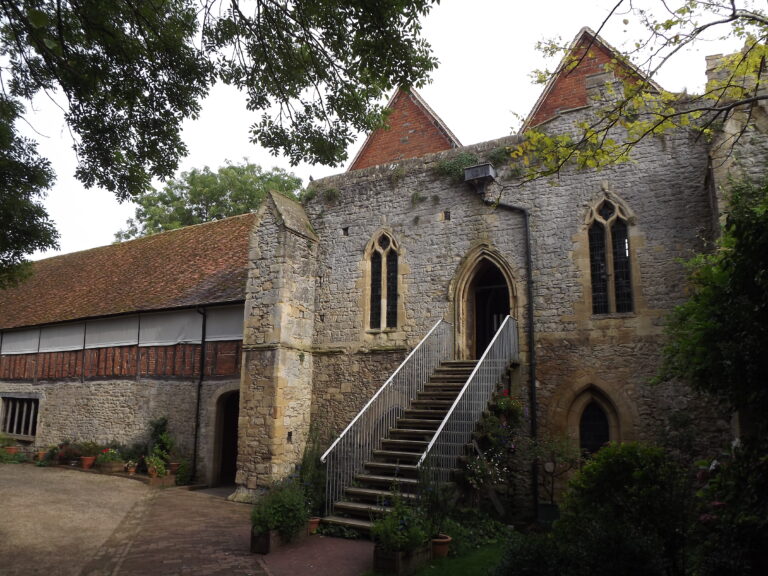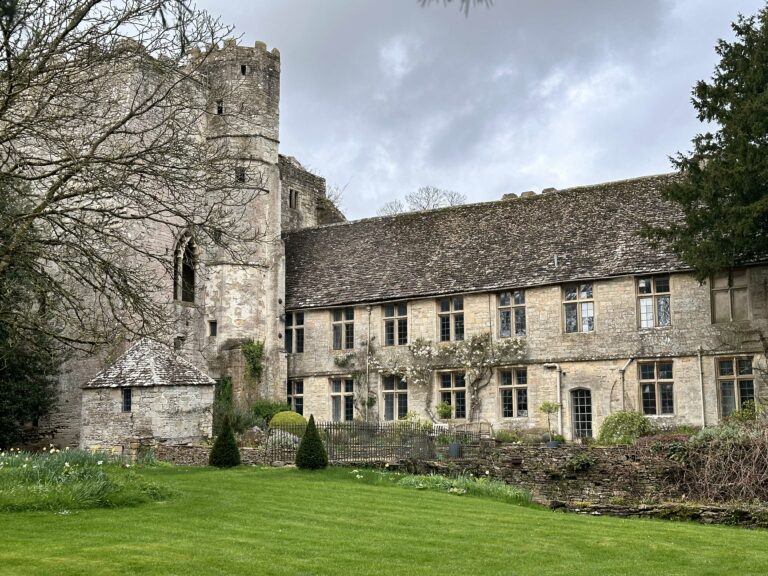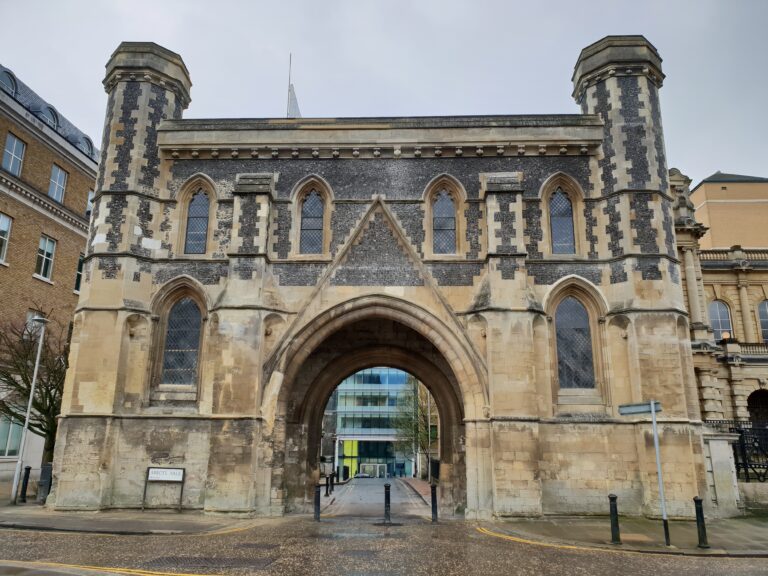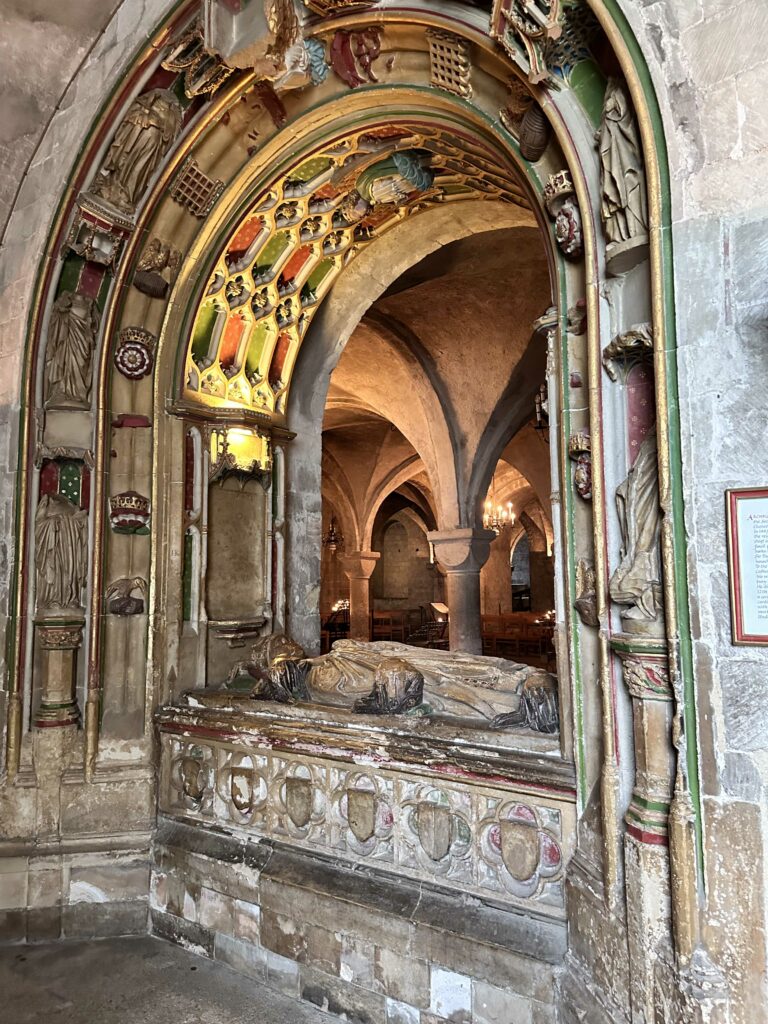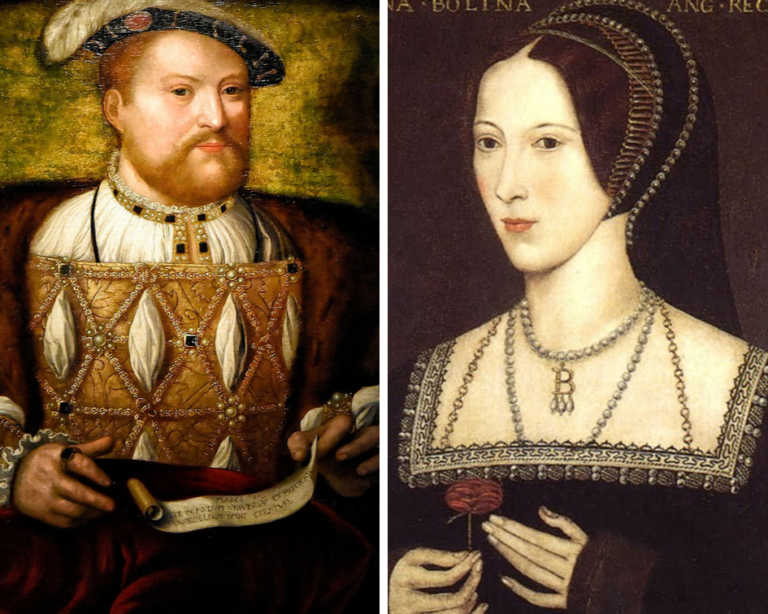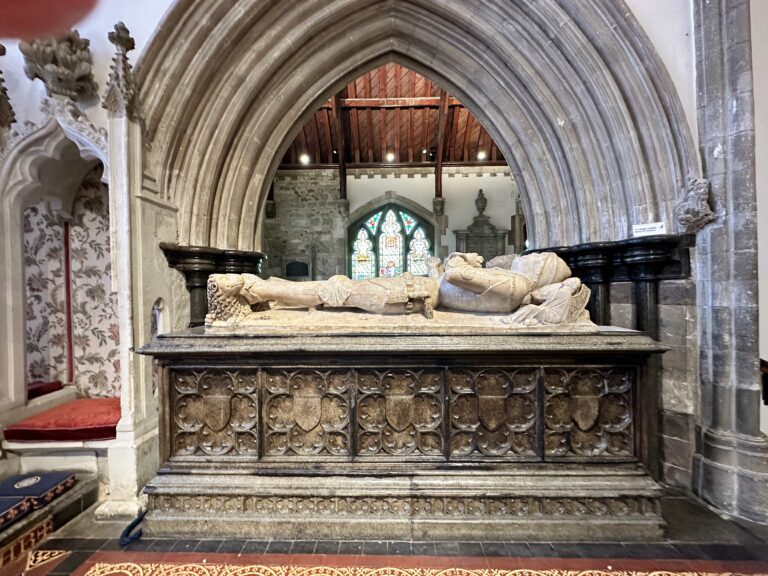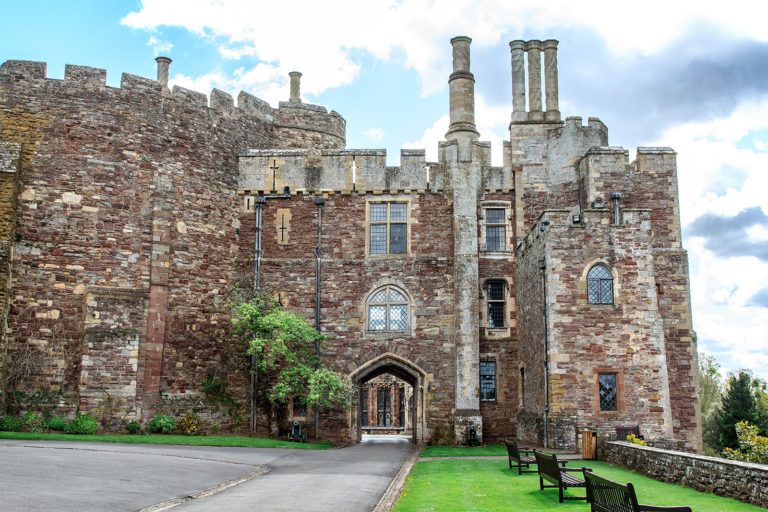The Mary Rose Museum & Southsea Castle: Tudor Day Trips From London
The Mary Rose Museum is an incredible time capsule, a window onto everyday Tudor life as much as it is England’s Tudor naval history. For when the ship sank, its contents were covered in layers of silt, progressively encasing the wreck. This acted to keep around 40 % of the hull and thousands of artefacts in a fabulous state of preservation. Thus, we are left with a snapshot of the sixteenth century, giving us unique access to the ordinary and extraordinary objects of Tudor life in a way that you will not see elsewhere.

